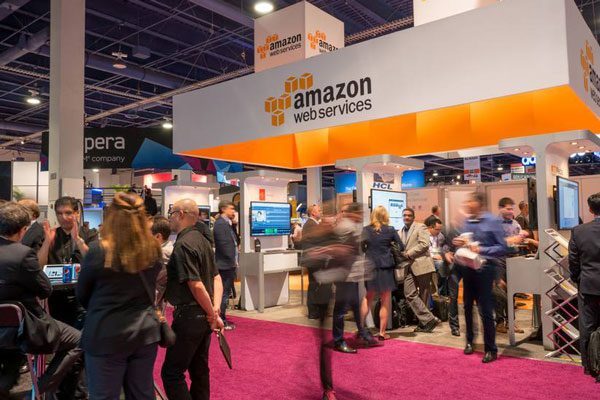Stanley Tan, digital marketing manager at Selby's, takes a look at whether or not exhibiting at trade shows is worth the investment for tech startup companies.
Today when you read a blog post related to marketing, it is either about Facebook, Instagram, Snapchat or content marketing. Most of the older marketing channels have become obsolete in today’s digital world. If you asked a 10-year old what the Yellow Pages are, they wouldn’t know what you are talking about.
But trade shows are one of the oldest marketing channels around. The very first trade show was held in 1851, and the industry has been growing steadily behind the scenes for years.
In 2016, there was a 5.5% increase in exhibition space sold compared to the previous year. That is because more companies are exhibiting, and existing companies are upgrading their booths to occupy larger spaces.
How do trade shows benefit tech startups?
Trade shows are the only marketing channel that allow you to get in front of decision makers without any cold calling.
Anyone who has ever tried scheduling a meeting with a decision maker understands how time consuming it is and the amount of rejection you are likely to encounter. In a trade show, you essentially get in front of multiple decision makers without any meeting.
There are multiple types of tech startups. There are your Ubers and Airbnbs who are mainly B2C, and then there are your Xeros and Slacks who are B2Bs.
In a trade show, B2B tech startups benefit more from meeting C-level executives and senior management. For B2C tech startups, it is all about the press and getting journalists to cover you.
When do trade shows make sense for tech startups?
One of the biggest factors is the numbers, more specifically the customers' lifetime value (LTV). Your LTV has to justify whether attending the trade show is worth the cost or not.
For example, if a trade show’s expected attendees are 5,000, it will cost you $10,000 to exhibit at that trade show and your LTV is $100. Does that make sense?
- Attendees - 5,000.
- Cost - $10,000.
- LTV - $100.
You would need to acquire at least 100 new customers to breakeven and this isn't even taking into account your profit margins.
Why Salesforce continues to exhibit at trade shows
Let's look at some numbers. Salesforce has over 1,600 customers who pay them over $1 million every year. Taking those numbers above:
- Attendees - 5,000.
- Cost - $10,000.
- LTV - $1 million.
Does it make sense to attend? Yes.
Of course, this is an oversimplication of the rationale behind exhibiting at a trade show, but it gives startups a good starting guide. There are other factors such as the type of trade show, the type of attendees and the cost associated with it.
Ten of the biggest trade shows for tech startups
Web Summit - https://websummit.com/
Dreamforce - https://www.salesforce.com/dreamforce/
Oracle Openworld - https://www.oracle.com/openworld/index.html
CeBIT - https://www.cebit.de/
CES - https://www.ces.tech/
Digital Enterprise Show - https://www.des-madrid.com/
TNW Conference - https://thenextweb.com/conference/
AWS re:Invent - https://reinvent.awsevents.com/
SXSW - https://www.sxsw.com/
Mobile World Congress - https://www.mwcbarcelona.com/
Summary
Fortune500 tech companies have been exhibiting at trade shows for years. Some of them are even creating their own conferences such as Oracle OpenWorld and Salesforce’s Dreamforce.
In today’s digital world, face-to-face conversations and relationships are becoming increasingly important.
For tech startups, trade shows can potentially be their #1 marketing channel. It all depends on their customers’ LTV, the show they attend and the type of attendees who will be at the show.
About the author
Stan Tan is the digital marketing manager at Selby’s, an Australian exhibition stand company. Their best-selling exhibition system is TRIGA, a modular exhibition display system which allows clients to build booths of any shape and size.







